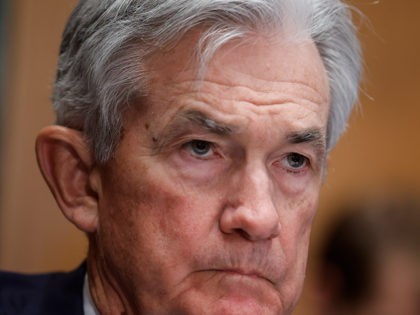Jobless Claims Climb Slightly, Still Not Indicating Weakness in Labor Market
Despite signs of weakening demand elsewhere in the economy, demand for labor remains extremely strong.

Despite signs of weakening demand elsewhere in the economy, demand for labor remains extremely strong.

The facts are changing again. Can the Federal Reserve’s monetary policy keep up?

U.S. central bankers hiked their plans to raise interest rates quickly in June when CPI inflation and consumer expectations for price increases both came in higher than expected.

Price growth remains elevated in the services sector even while new orders have gone into contraction.

While other parts of the economy seem to be teetering on the brink of recession, the labor market remains strong.

The Federal Reserve’s campaign to rein in the worst inflation in decades will end in a recession. But so long as unemployment remains low, it’s likely inflation will remain the top worry for households even if economic growth stalls.
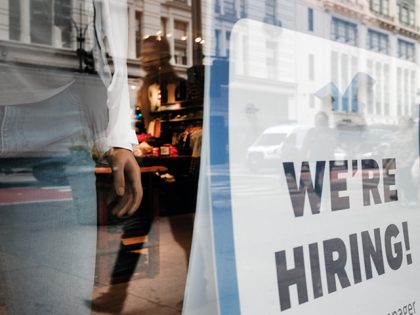
Oil futures are crashing amid fears of that a recession could hurt demand.
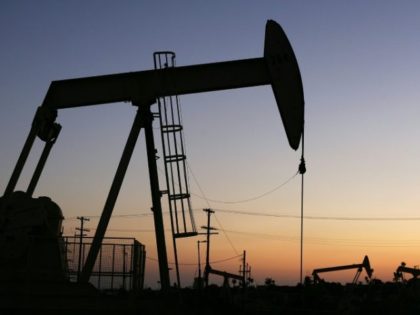
A reliable recession indicator was flashing red alert on Tuesday as 10-year yields fell below two-year.
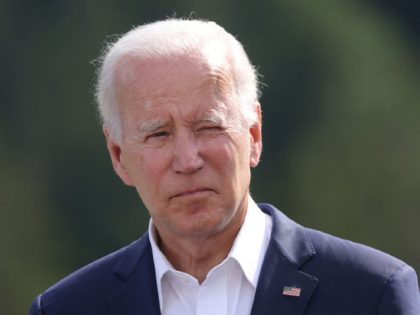
A much bigger than expected increase in May.
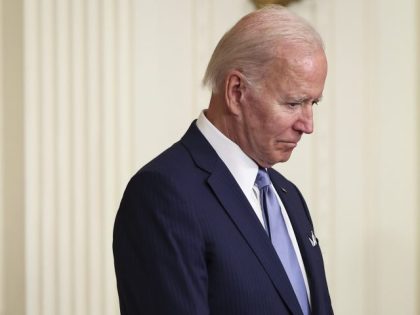
Due to inflation, 2022 is turning out to be the worst year for the S&P 500 since 1872, according to the chief investment strategist at Bank of America Securities.
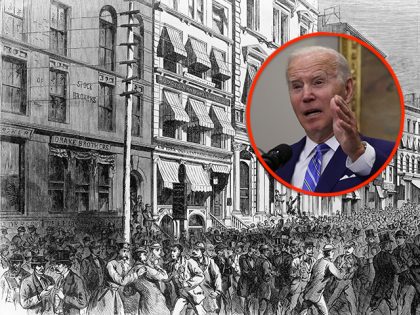
Single-family home construction came to a standstill.
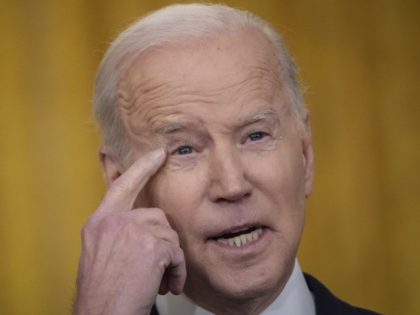
Consumer spending, manufacturing, and construction have all rolled over as inflation and interest rates drag down the economy.

Prices are rising rapidly but growth is stagnating. Someone should invent a word for that.
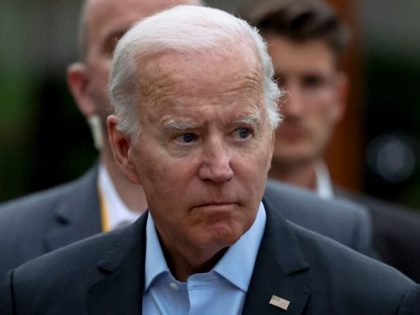
New orders and employment measures fell into contraction in June.
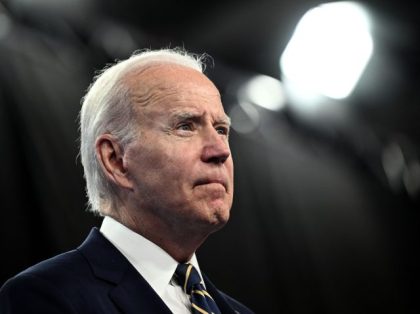
We have put to rest the first half of 2022, and we cannot say we’ll miss it.
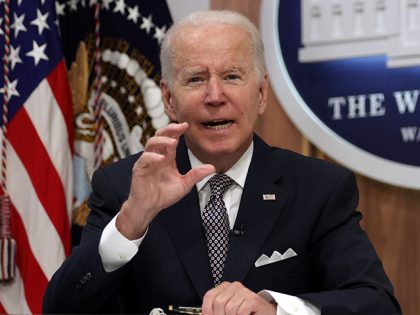
It’s gotta be Putin’s fault, right?

Inflation-adjusted spending and income fell in May, raising concern that the post-pandemic economic recovery may have already run out of steam.

Good luck shopping for your Fourth of July cookout!
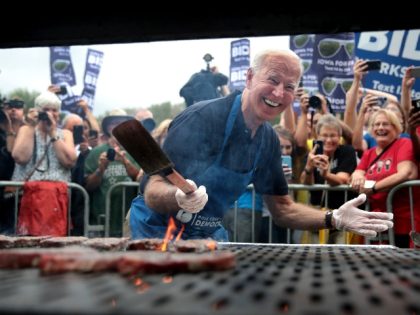
If corporate greed was responsible for the inflationary price hikes, we would see corporate profits soaring as inflation rose to 40-year highs this year. Instead, corporate profits fell in the first three months of this year.
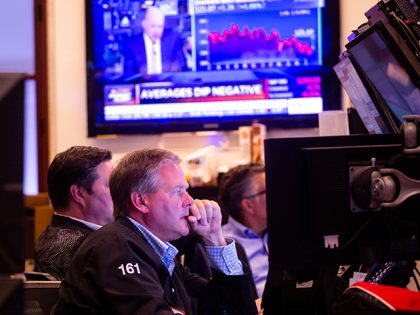
For the first time since 2009, the majority of American say economic conditions are poor.

The Biden gas crisis is now hurting two-third of Americans, up from half in April.
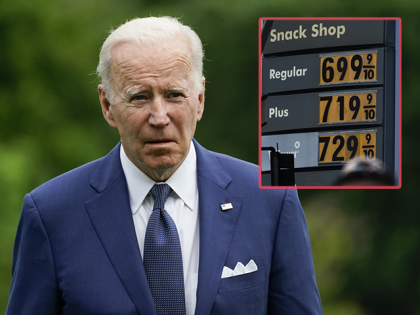
The war on oil is still raging even as prices squeeze households and businesses around the globe.

The Richmond Fed misread its own survey data and produced a report that foretold a massive lurch into deflation and depression.

Inflation was a much bigger drag on consumer spending than was thought.

These are the times that try men’s souls—and budgets. This year’s Fourth of July celebrations will be hit hard by inflation.

The Richmond Fed index unexpectedly fell even further into negative territory even as inflation pressures remain extremely high.
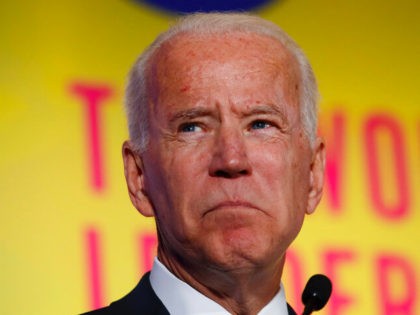
June saw a bigger than expected decline in consumer confidence due to worsening expectations for the economy.

Economic contractions can be hidden beneath inflation. You might have a recession that no one notices until you are already months into it.

Every gauge of the health of the manufacturing economy in Texas showed contraction or stagnation in June. Except prices: those are still rising at an extremely elevated pace.

The latest signal of looming stagflation.
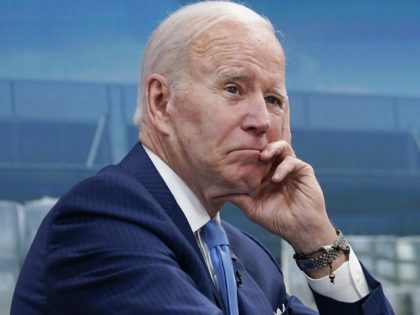
A repeal of the tariffs on goods imported from China would do absolutely nothing to the two most politically salient parts of inflation: gas prices and food prices.
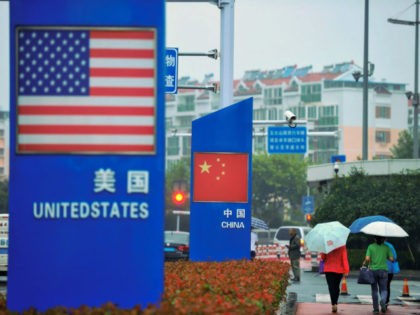
Wall Street signals its support for employee abortions.
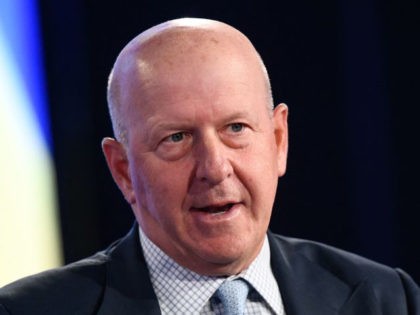
Oil production is still short of the record highs achieved under the Trump administration.
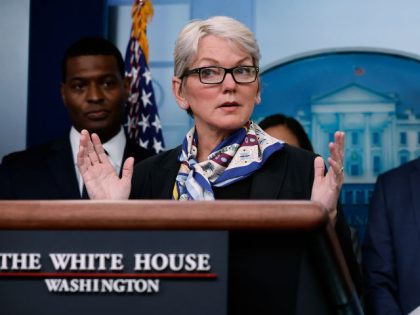
We set a grim record low for consumer sentiment in mid-June. Now it is even grimmer.

If it takes a recession—or even a period of stagflation—to bring down inflation, so be it. So says Fed Chair Jerome Powell.
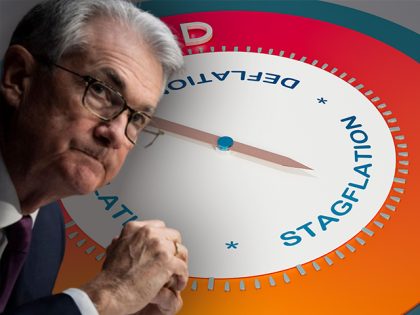
Another sign that American businesses view Florida as a superior environment in which to do business.
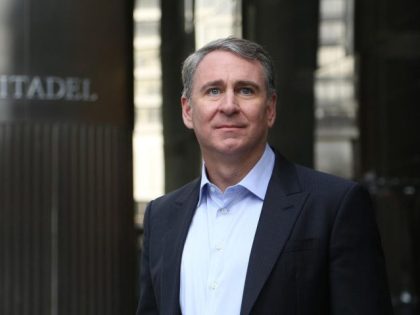
The economy is on a path to contracting in the third quarter, according to the chief business economist at SP Global Market Intelligence.
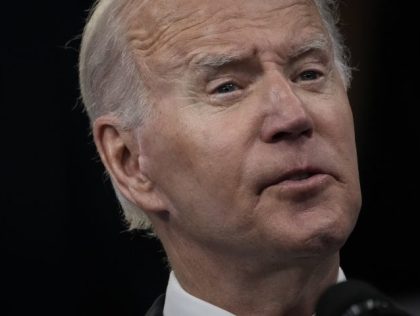
Fed Chair Jerome Powell bluntly rejected the Biden administration’s claim that the biggest driver of inflation right now is the war in Ukraine.
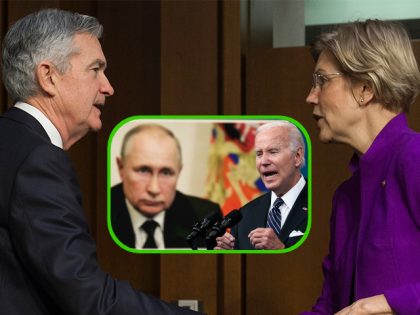
Powell says the war in Ukraine is not the primary cause of inflation, which started long before Russia’s invastion.
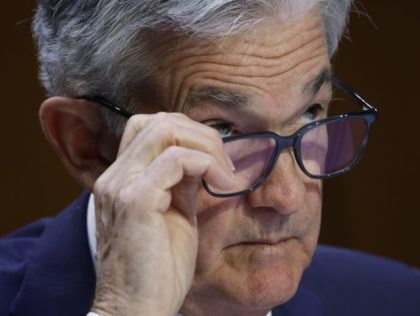
Powell signaled that the Fed is willing to risk a recession in order to tame inflation.
